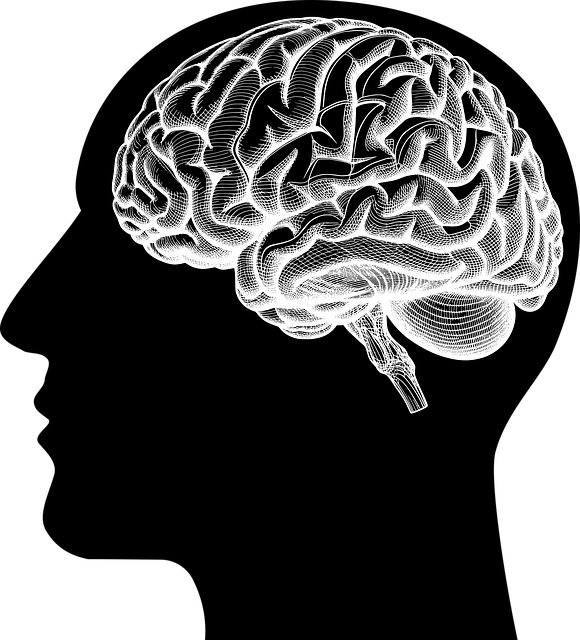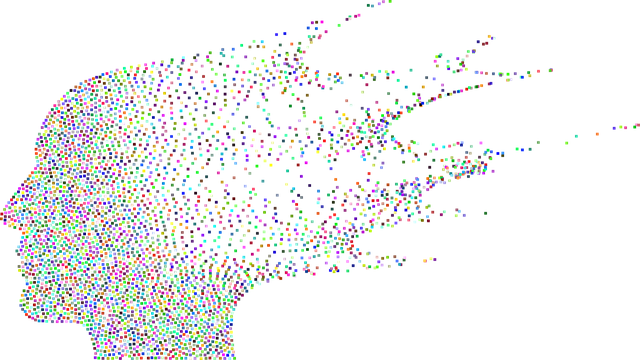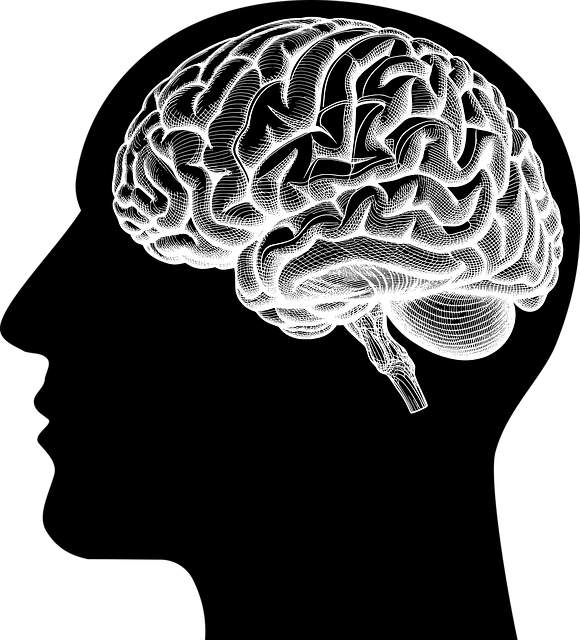Understanding mental health involves recognizing its holistic nature and dispelling myths about conditions like ASD, a neurodevelopmental disorder requiring tailored support. Effective programs, such as those offered by Lakewood Autism Spectrum Disorder Therapy, integrate burnout prevention for healthcare providers, stigma reduction efforts, and resilience building for early intervention. Key components include open communication, interactive workshops, group discussions, practical stress management skills, and culturally sensitive content to create inclusive environments for all learners, including those with ASD. Strategic planning, clear goals, evidence-based evaluation, and continuous improvement ensure the program's success and sustainability in addressing local mental health challenges.
“Unveiling comprehensive mental health education programs is paramount in fostering supportive environments, especially for individuals with Autism Spectrum Disorder (ASD). This article explores strategies to design effective educational initiatives that cater to diverse learners. We delve into understanding ASD and its unique challenges, highlighting the key components of inclusive programs. By implementing accessible designs, evaluating impact, and embracing continuous improvement, educators can revolutionize Lakewood Autism Spectrum Disorder Therapy, ensuring every learner receives essential support for their mental well-being.”
- Understanding Mental Health and Autism Spectrum Disorder (ASD)
- Key Components of an Effective Education Program
- Designing Inclusivity and Accessibility for All Learners
- Implementation, Evaluation, and Continuous Improvement Strategies
Understanding Mental Health and Autism Spectrum Disorder (ASD)

Understanding Mental Health involves recognizing that it encompasses our emotional, psychological, and social well-being. It’s crucial to dispel myths and misconceptions surrounding mental health issues, including Autism Spectrum Disorder (ASD). ASD is a neurodevelopmental condition characterized by challenges in social interaction and communication, as well as repetitive behaviors and interests. Recognizing the unique needs of individuals with ASD is key. Programs designed for their support should focus on creating inclusive environments that foster understanding and acceptance, rather than isolation.
Integrating aspects like Burnout Prevention Strategies for Healthcare Providers into mental health education ensures professionals are equipped to handle their own well-being alongside that of their patients. Additionally, Mental Illness Stigma Reduction Efforts play a significant role in promoting empathy and encouraging early intervention. Building resilience, a critical component of overall mental health, is also beneficial in navigating the complexities of ASD and related challenges.
Key Components of an Effective Education Program

An effective mental health education program, like those provided by Lakewood Autism Spectrum Disorder Therapy, should incorporate several key components to ensure its success. Firstly, it must foster an environment that encourages open and honest communication about mental health issues, breaking down stigma and promoting understanding. This can be achieved through interactive workshops, group discussions, and peer-to-peer learning experiences.
Additionally, the program should focus on teaching practical skills for stress management and burnout prevention, empowering individuals to recognize and address their own well-being. Incorporating empathy building strategies is also vital, as it helps participants develop a deeper understanding of others’ perspectives and fosters inclusive environments. By balancing educational content with interactive activities, these programs can effectively equip individuals with the knowledge and tools needed to navigate mental health challenges.
Designing Inclusivity and Accessibility for All Learners

In designing mental health education programs, inclusivity and accessibility are paramount to ensure every learner, regardless of their background or abilities, can benefit fully from the curriculum. This involves incorporating strategies that cater to diverse learning styles, including those with conditions like Lakewood Autism Spectrum Disorder (ASD). For instance, visual aids, interactive activities, and clear, concise language can significantly enhance engagement and comprehension for students with ASD.
Cultural sensitivity is another critical aspect of program design. Recognizing the impact of cultural background on mental health experiences and treatment preferences, educators should integrate culturally responsive practices into their teachings. This not only fosters an inclusive environment but also ensures that public awareness campaigns development accurately reflects and respects the variety of communities they aim to serve. Moreover, integrating risk assessment techniques for mental health professionals can help identify and address potential barriers to access, ensuring that all learners receive appropriate support throughout the program.
Implementation, Evaluation, and Continuous Improvement Strategies

Implementing a mental health education program requires strategic planning and a structured approach to ensure its effectiveness. One key aspect is establishing clear goals and objectives, aligning with the needs of the target population, such as individuals with Autism Spectrum Disorder (ASD) in Lakewood, for instance. This involves assessing local community mental health challenges and engaging stakeholders for input. Customizing the program to address specific concerns like burnout prevention or emotional well-being promotion techniques can significantly enhance its impact.
Evaluation is vital to measure the success of the initiative. Utilizing evidence-based assessment tools and collecting feedback from participants provides valuable insights. By analyzing these data, organizers can identify areas for improvement and make necessary adjustments. Moreover, continuous improvement strategies are essential for long-term sustainability. Regular reviews, incorporating mental illness stigma reduction efforts, and adapting to emerging research can ensure the program remains relevant and beneficial, fostering a healthier community environment in Lakewood.
In designing mental health education programs, especially focusing on Lakewood Autism Spectrum Disorder (ASD) Therapy, it’s essential to integrate comprehensive understanding, inclusive design, and effective evaluation strategies. By recognizing the unique needs of diverse learners, we can create environments that foster open dialogue and promote resilience. Adopting a continuous improvement mindset ensures these programs remain dynamic, relevant, and impactful in enhancing mental well-being for all individuals, including those on the ASD spectrum.











